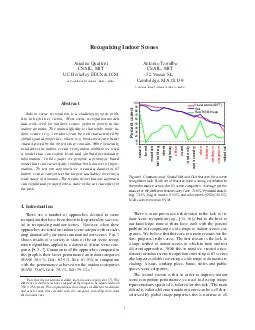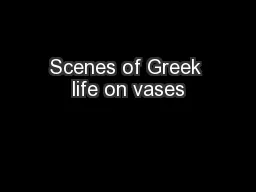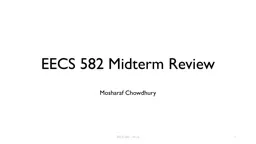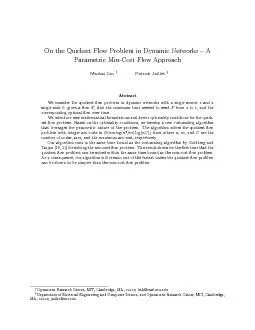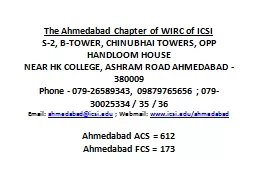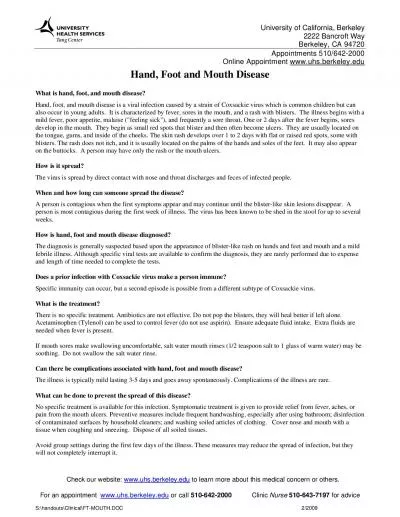PDF-Recognizing Indoor Scenes Ariadna Quattoni CSAIL MIT UC Berkeley EECS ICSI ariadnacsail
Author : lindy-dunigan | Published Date : 2014-10-18
mitedu Antonio Torralba CSAIL MIT 32 Vassar St Cambridge MA 02139 torralbacsailmitedu Abstract Indoor scene recognition is a challenging open prob lem in high level
Presentation Embed Code
Download Presentation
Download Presentation The PPT/PDF document "Recognizing Indoor Scenes Ariadna Quatto..." is the property of its rightful owner. Permission is granted to download and print the materials on this website for personal, non-commercial use only, and to display it on your personal computer provided you do not modify the materials and that you retain all copyright notices contained in the materials. By downloading content from our website, you accept the terms of this agreement.
Recognizing Indoor Scenes Ariadna Quattoni CSAIL MIT UC Berkeley EECS ICSI ariadnacsail: Transcript
Download Rules Of Document
"Recognizing Indoor Scenes Ariadna Quattoni CSAIL MIT UC Berkeley EECS ICSI ariadnacsail"The content belongs to its owner. You may download and print it for personal use, without modification, and keep all copyright notices. By downloading, you agree to these terms.
Related Documents

